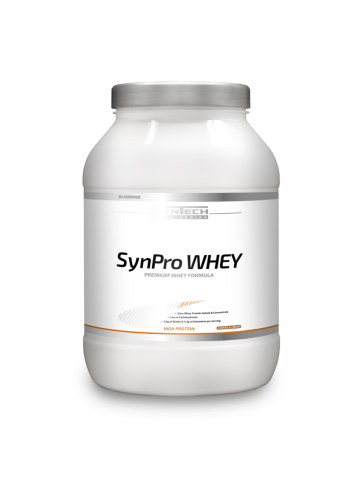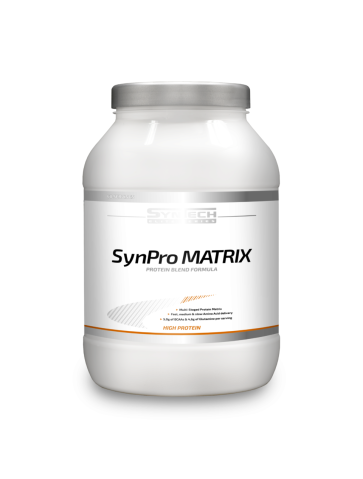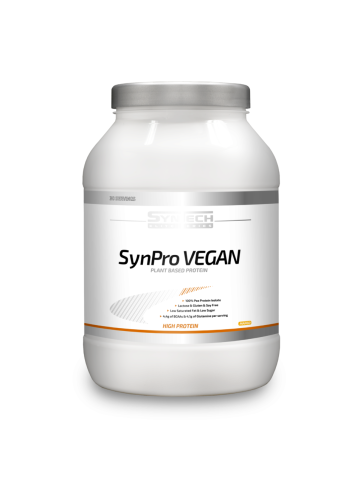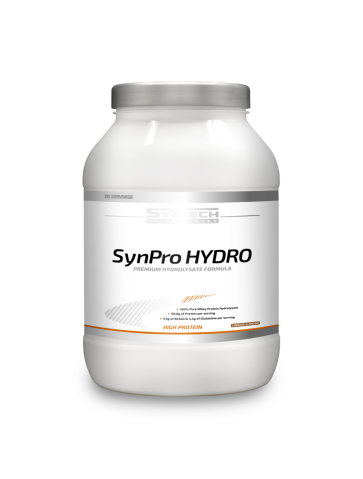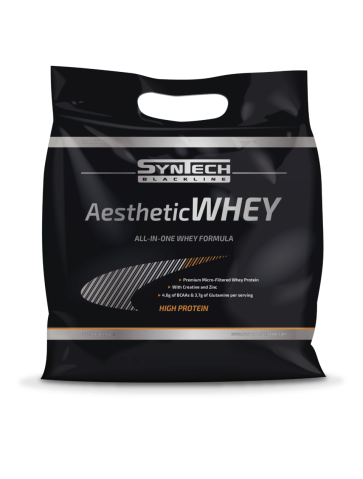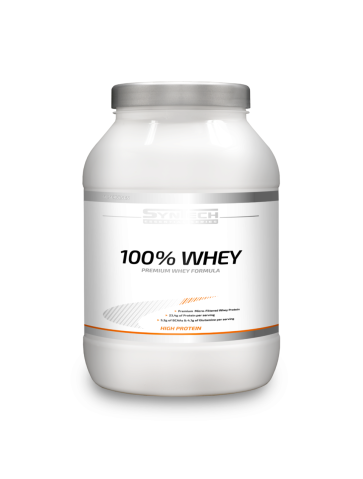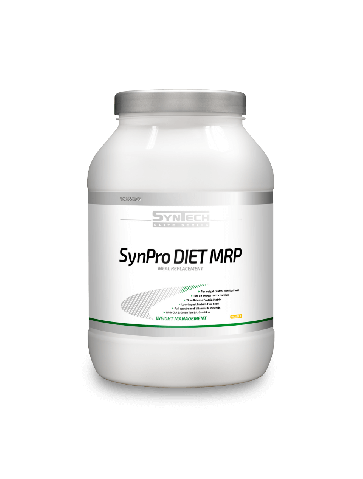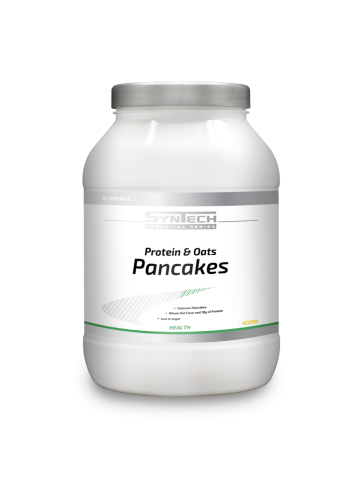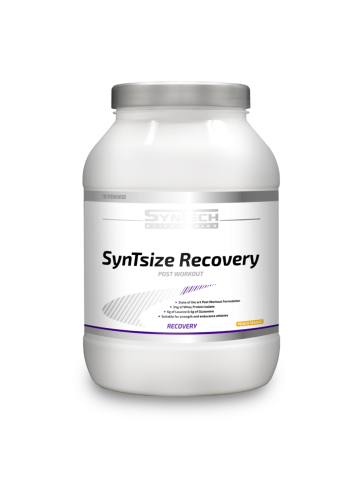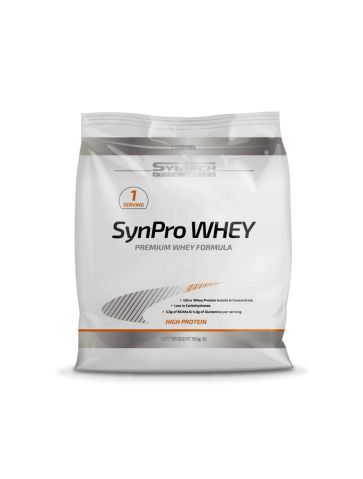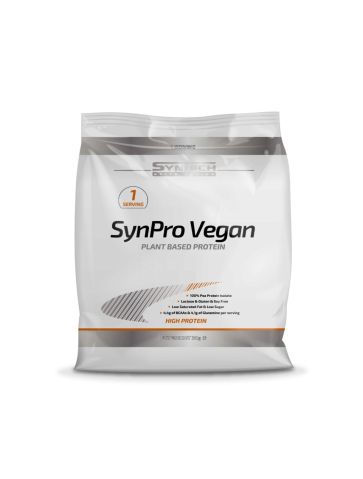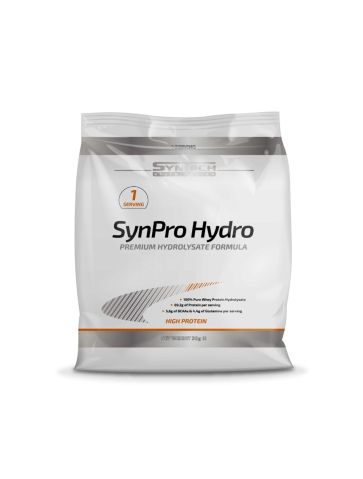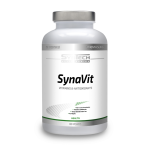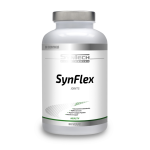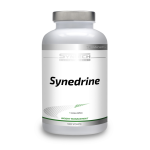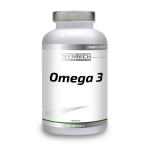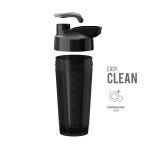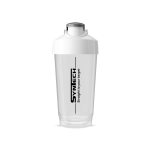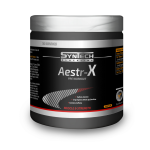Why take protein?
WHY TAKE PROTEIN AND PROTEIN TYPES EXPLAINED
Protein is the basic sports nutrition supplement for every athlete and plays a key role in weight management. In combination with training, it contributes to the development of lean muscle mass and muscle recovery. As protein is harder to digest by the body, it also stimulates the metabolism and is a perfect match for those who want to lose weight.
There are different types of protein sources, each with their own absorption rate. The most well-known is whey protein, which is quickly absorbed by the body. Here we will explain the different protein sources in order of absorption rate and we will explain which one to use in which time frame. From fast to slow:
FAST PROTEINS
WHEY PROTEIN
Whey Protein comes from milk and can be obtained in two ways. It can be separated from the casein in milk or it can be formed as a by-product of cheese making. After processing, it becomes either a Whey Concentrate, Isolate or Hydrolysate. All three are fast protein fractions, but with different absorption rates, protein content and lactose content.
A. Whey Protein Concentrate (WPC)
The liquid by-product whey is dried with hot air and turns into a powder. The powder is filtered by low temperature Cross-Flow Membrane Filtration (CFM). It results in a fast whey concentrate with a protein percentage of +/- 80% and lactose percentage of +/- 8%.
B. Whey Protein Isolate (WPI)
When whey concentrate goes through an extra round of ultra-cold filtration (novel chilling), more milk sugars (lactose) and fat are filtered out, which results in a whey isolate. The protein percentage is higher (+/-90%) and lactose percentage is lower (+/-4%). This protein is even faster absorbed than a concentrate.
C. Whey Protein Hydrolysate (WPH)
A whey hydrolysate is produced by enzymatic hydrolysis of a Whey Protein Isolate. Proteins are long chains of amino acids and they are linked through peptide bonds (polypeptides). Through an enzymatic process of hydrolysis, proteins are being broken down into smaller fragments consisting of shorter peptides and single amino acids. As a result, it is absorbed even faster by the body and ensures a faster delivery of amino acids to the muscles.
SOY PROTEIN ISOLATE
Soy protein is isolated from soybean and has a protein percentage of 90%. This fast vegetal protein has high concentration of l-arginine and l-glutamine and is a good alternative to whey protein if you avoid dairy and milk products (lactose free).
WHY AND WHEN TO TAKE FAST PROTEINS?
The amino acids in protein are the building blocks of muscles. Our muscles are being damaged during intense training and immediately after a workout, they start to break down. Therefore it is of vital importance to start the opposite process as soon as possible: muscle protein synthesis (MPS). Muscle protein synthesis is the naturally occurring process in which protein is produced to repair muscle damage.
So after your training, you need a fast absorbing protein source to stop the break down process, repair the damage and start to build muscle.⁽¹⁾⁽²⁾⁽³⁾ A whey protein should be ingested somewhere between immediately after the workout and up to one hour after the workout (depending on your nutrition plan).
Muscle break down can also take place during the night when you sleep. Glycogen stores deliver energy to our body and brain, but these stores are running low overnight. The body switches to the amino acids stores to support the metabolic processes and therefore muscles are turning into a catabolic state. So also after waking up, you need a fast absorbing protein source to stop muscle break down.

INTERMEDIATE PROTEINS
EGG ALBUMIN
This intermediate protein fraction is made out of egg white protein and its digestion is slower than that of the whey protein fractions. It consists for more than 80% of protein and it contains no lactose.
PEA PROTEIN ISOLATE
This plant-based protein is extracted from yellow pea, a natural, gluten and lactose free raw material. It has an intermediate digestion rate with a protein percentage of +/- 86%, and therefore is an excellent source of protein as a health shake during the day, pre-bedtime, or as a refreshing smoothie.
SLOW PROTEINS
MICELLAR CASEIN
Micellar casein is the main constituent of milk protein and the slowest absorbing protein fraction. It has a protein percentage between 80% and 86% and contains +/- 4% lactose.
WHY AND WHEN TO TAKE INTERMEDIATE AND SLOW PROTEINS?
For athletes:
As stated here above, muscle break down can also take place during the night when you sleep. Glycogen stores deliver energy to our body and brain, but these stores are running low overnight. The body switches to the amino acids stores to support the metabolic processes and therefore muscles are turning into a catabolic state. To support protein need during the night, it is recommended to take a slow and intermediate protein prior to bed time. We call these proteins time release proteins as they are gradually digested, producing a constant amino acid flow during the night. You are fueling your body while you are asleep.
For people who are trying to lose weight:
As protein is harder to digest by the body than other macro nutrients, it stimulates the metabolism (Diet-Induced Thermogenesis).⁽⁴⁾ Intermediate and slow proteins are a perfect match for people who are trying to lose weight. They help to maintain muscle mass, so as part of a diet plan you can focus on losing fat, without having to worry about getting saggy muscles.⁽⁵⁾
Another advantage is that slow absorbing protein fractions make you feel full for a longer period of time and therefore you are less likely to be hungry again. This way you control your appetite and calorie intake.⁽⁶⁾

/// SCIENTIFIC REFERENCES
-
Taylor LW et al. Eight weeks of pre- and postexercise whey protein supplementation increases lean body mass and improves performance in Division III collegiate female basketball players. Appl Physiol Nutr Metab. 2016 Mar;41(3):249-54.
-
Volek JS et al. Whey protein supplementation during resistance training augments lean body mass. J Am Coll Nutr. 2013;32(2):122-35.
-
European Food Safety Authority. Protein contributes to a growth in muscle mass. EFSA Journal 2010;8(10):1811.
-
Westerterp K.R. Diet induced thermogenesis. Nutr Metab (Lond). 2004 Aug 18;1(1):5.
-
Frestedt JL et al. A whey-protein supplement increases fat loss and spares lean muscle in obese subjects: a randomized human clinical study. Nutr Metab (Lond). 2008 Mar 27;5:8.
-
Westerterp-Plantenga MS et al. Dietary protein - its role in satiety, energetics, weight loss and health. Br J Nutr. 2012 Aug;108 Suppl 2:S105-12.


 English
English Français
Français
